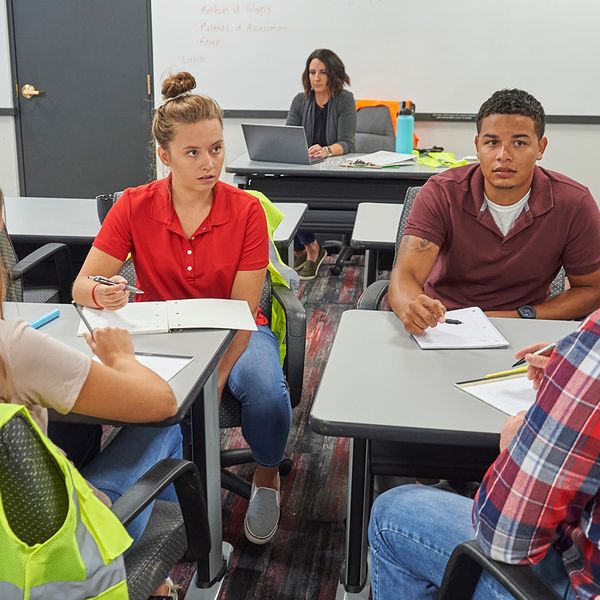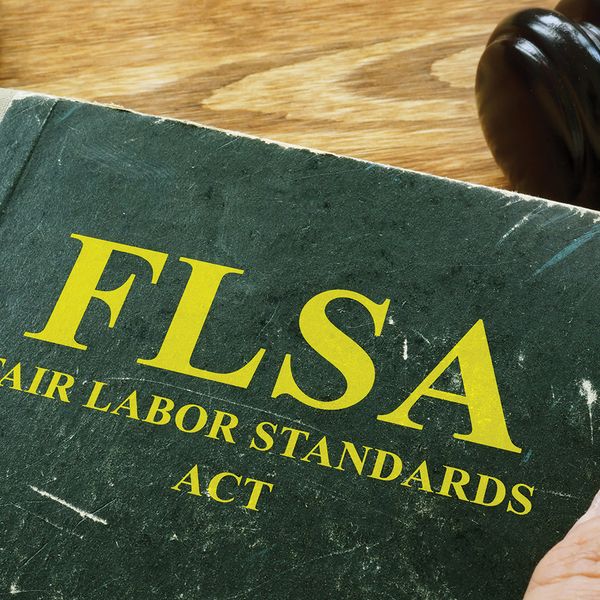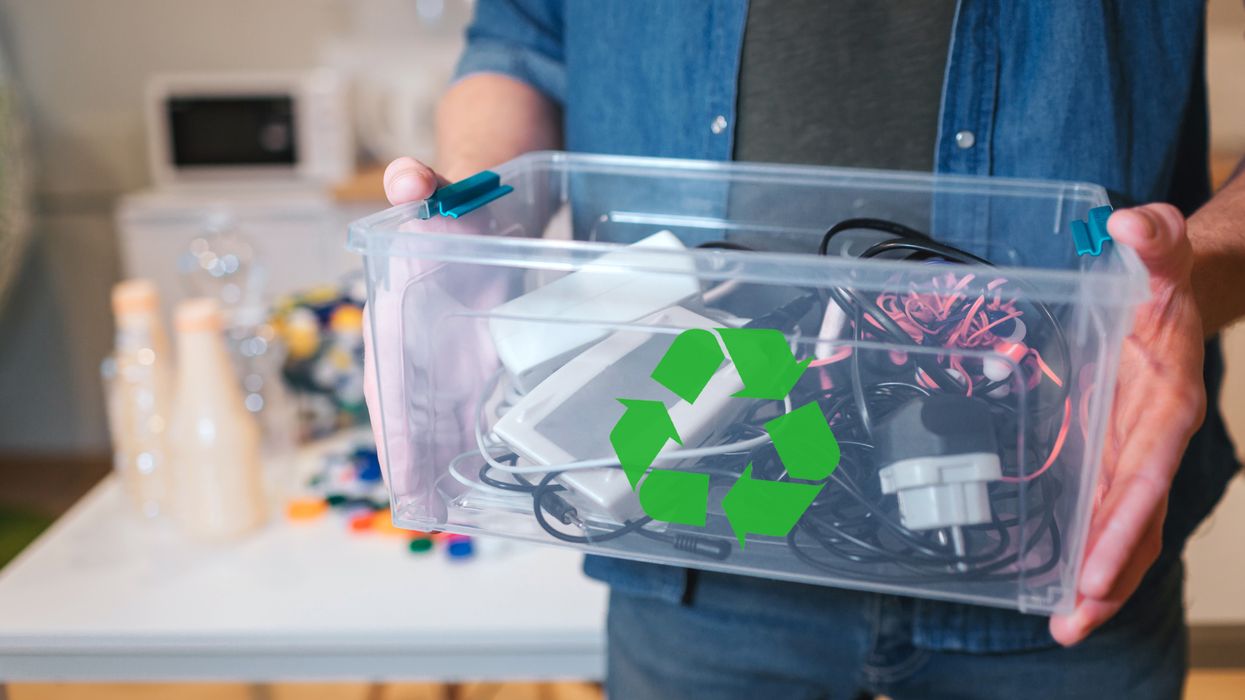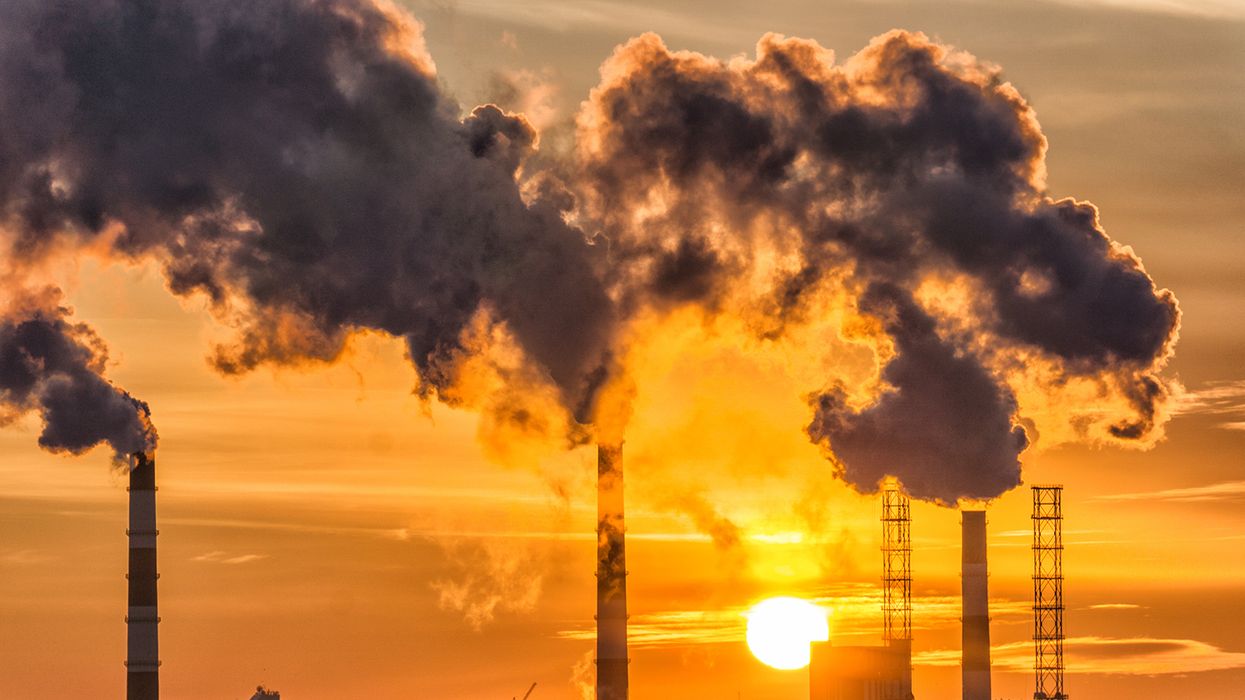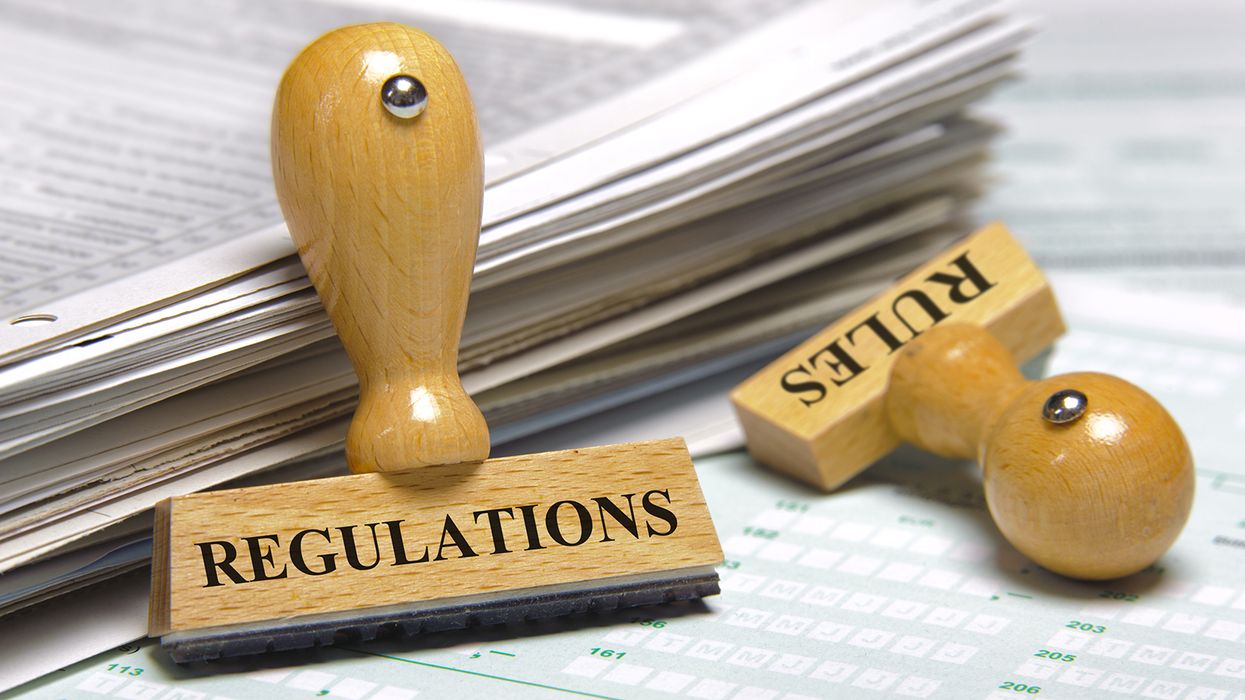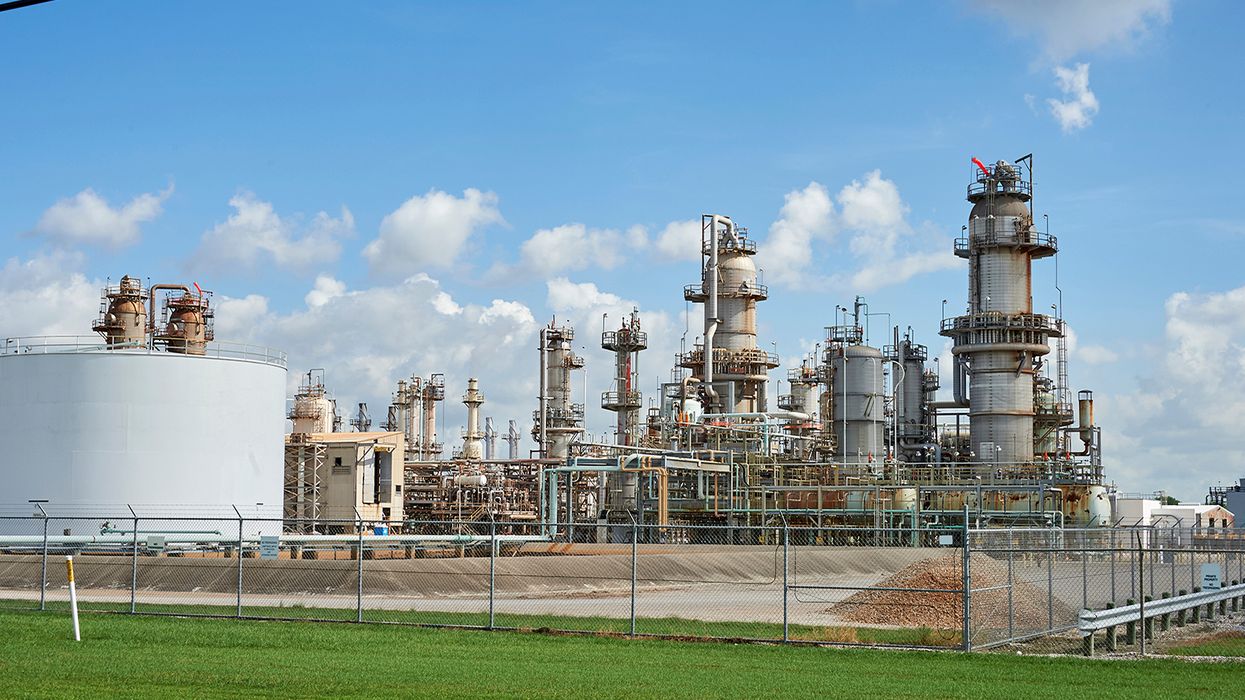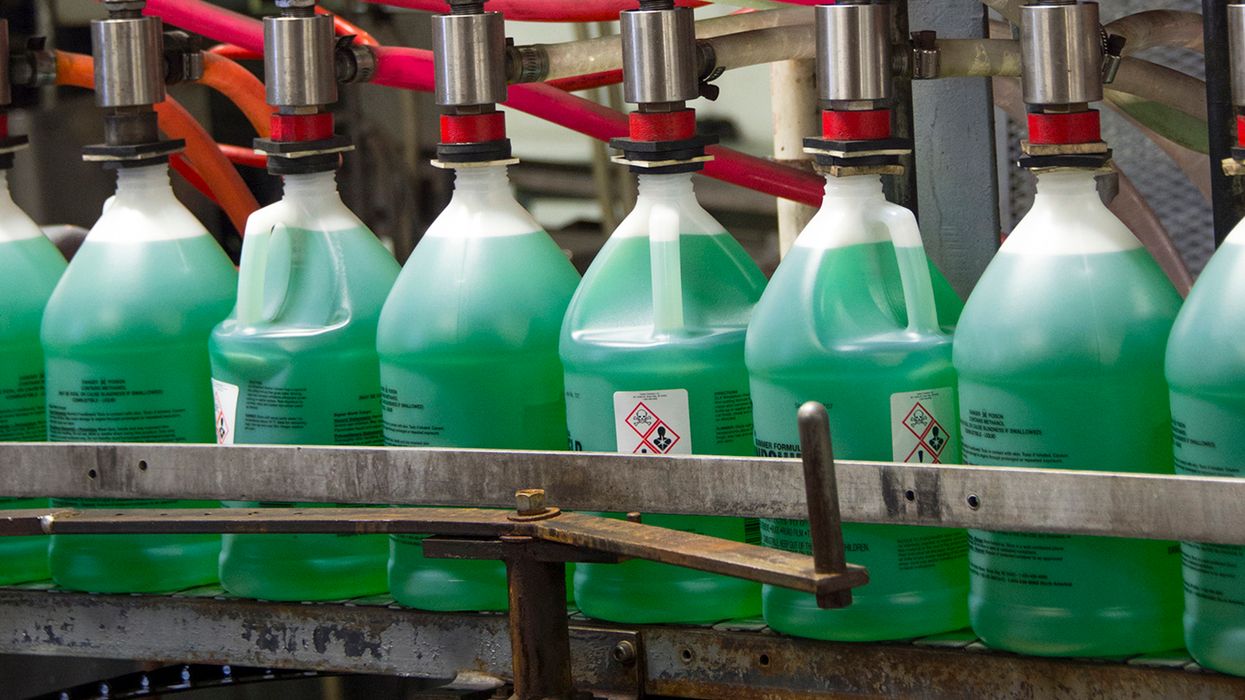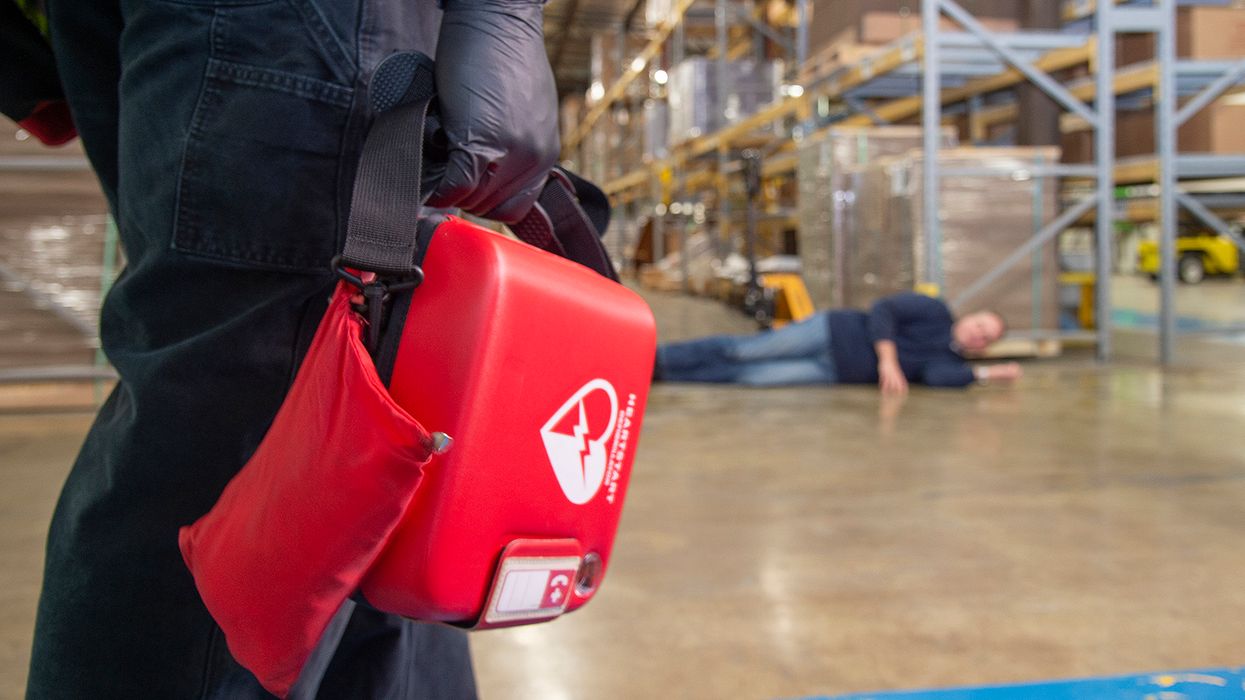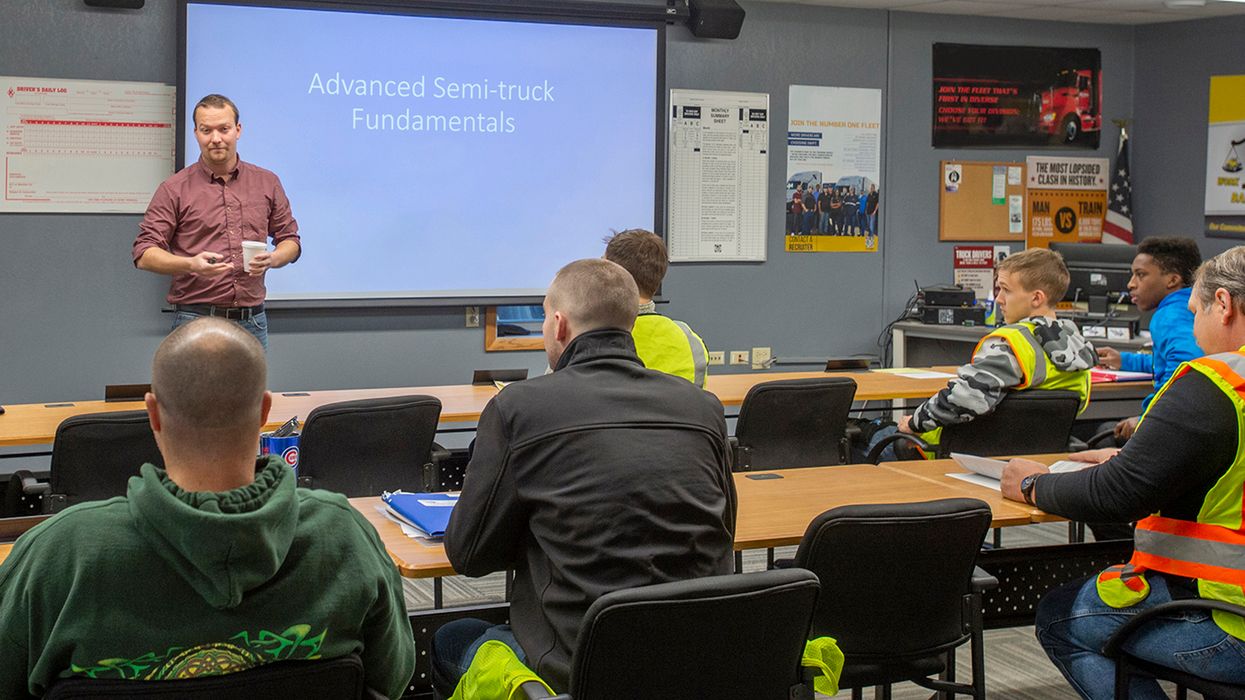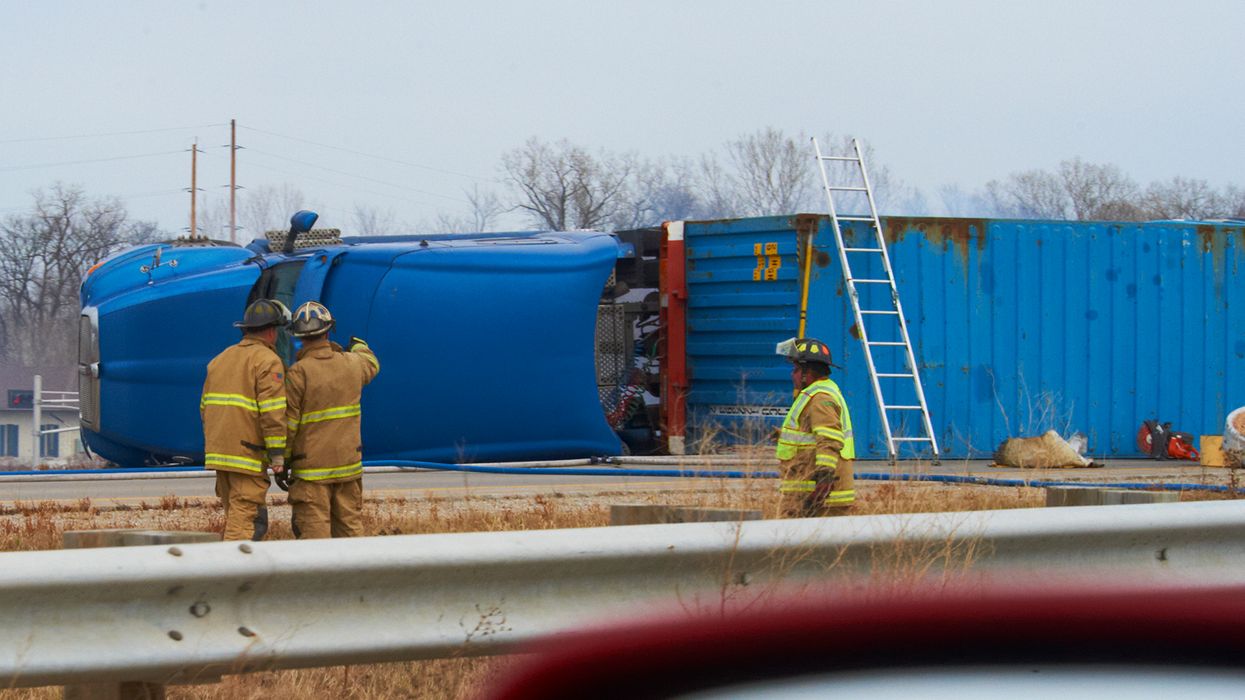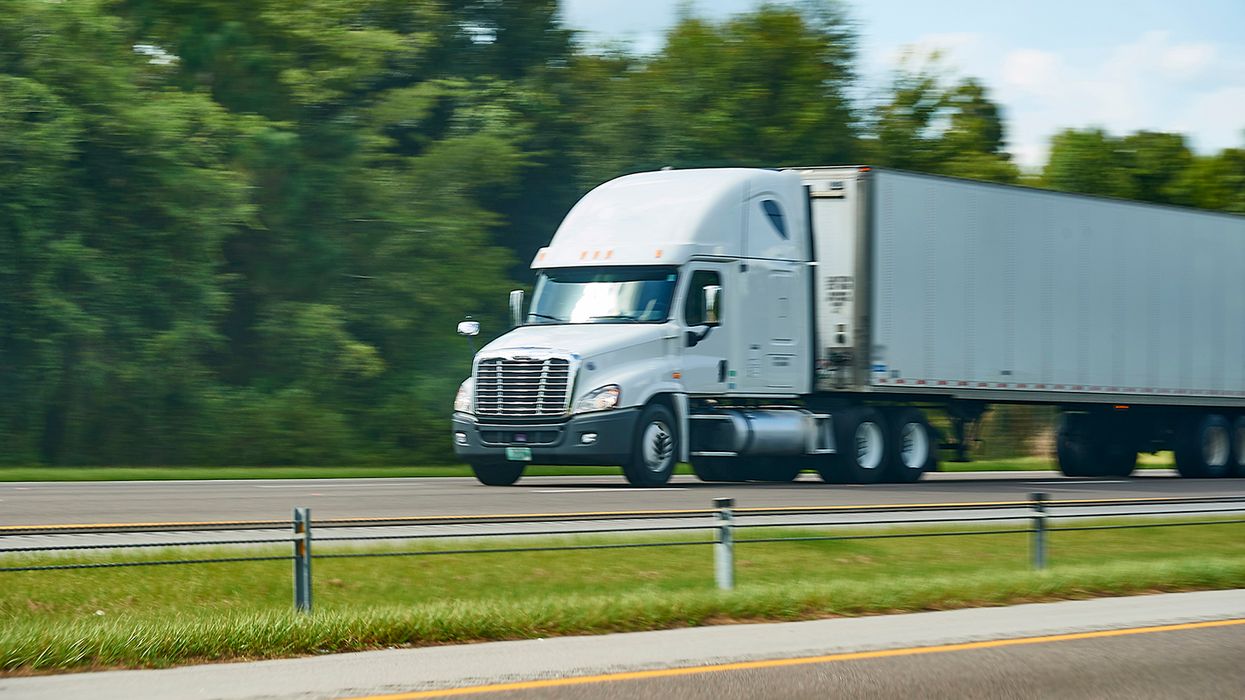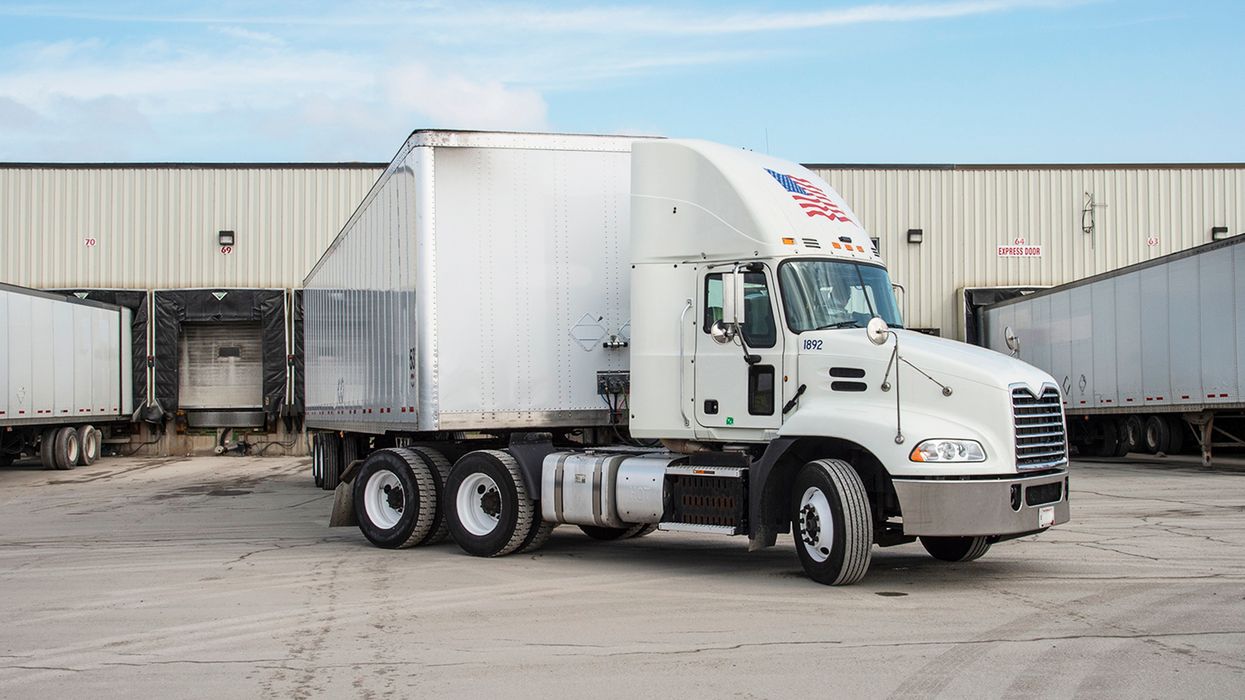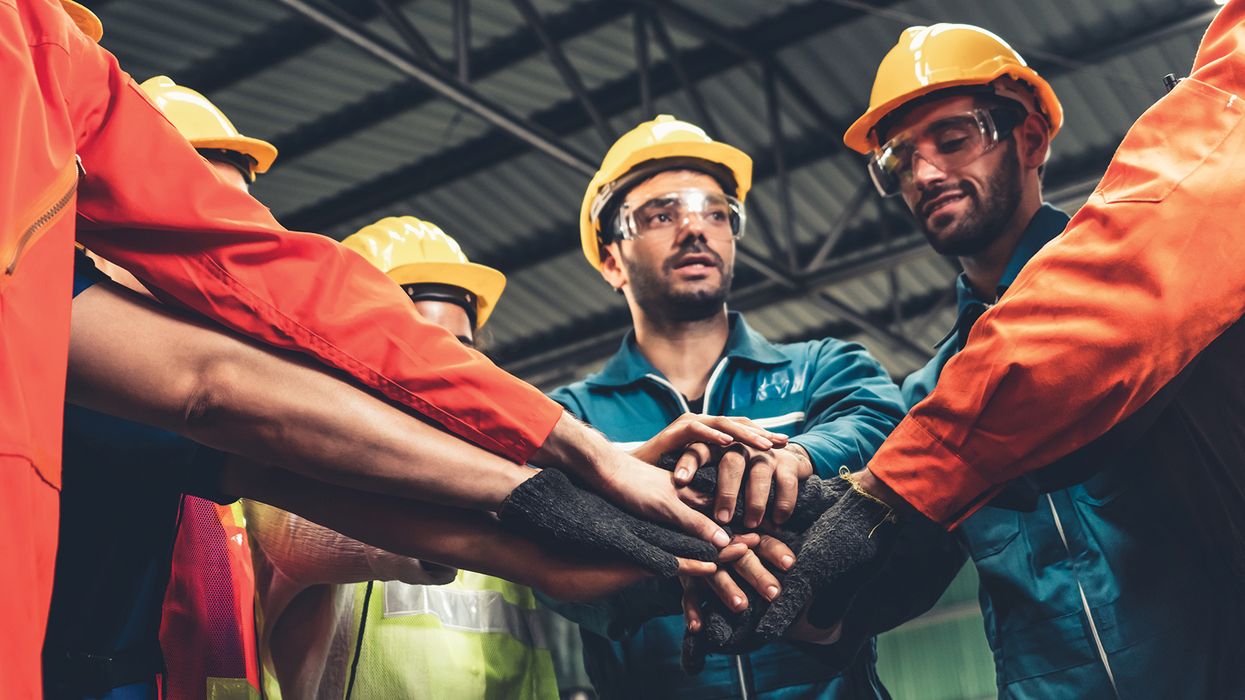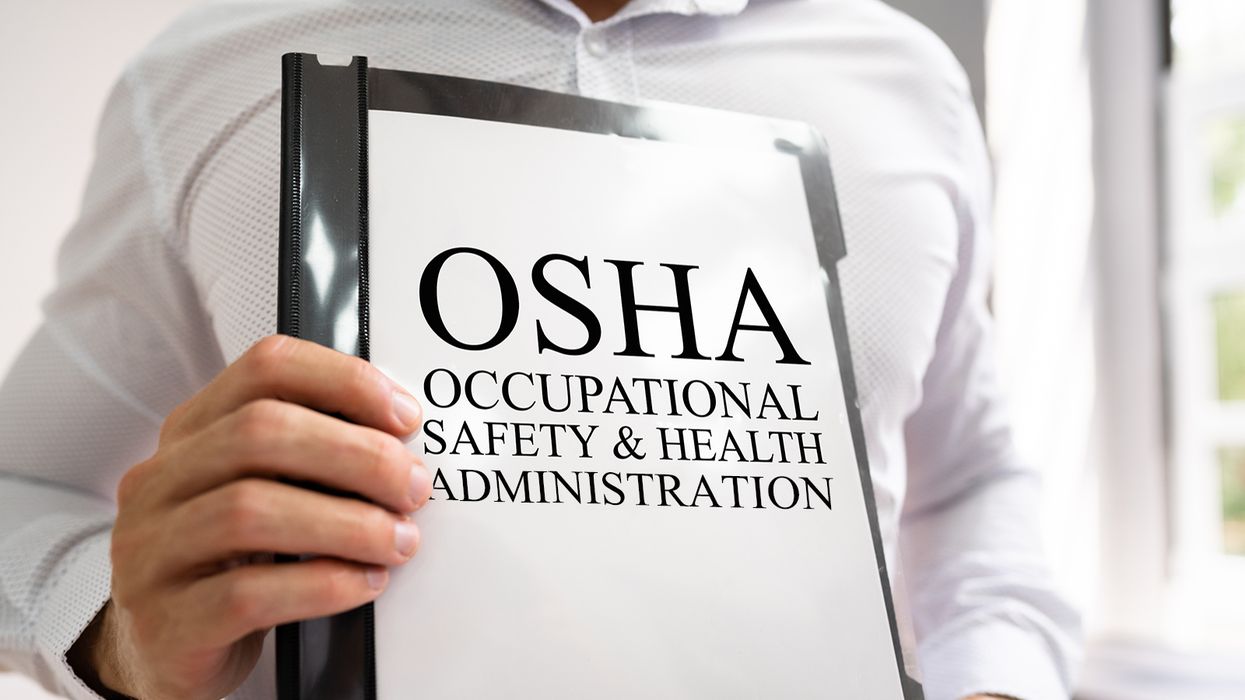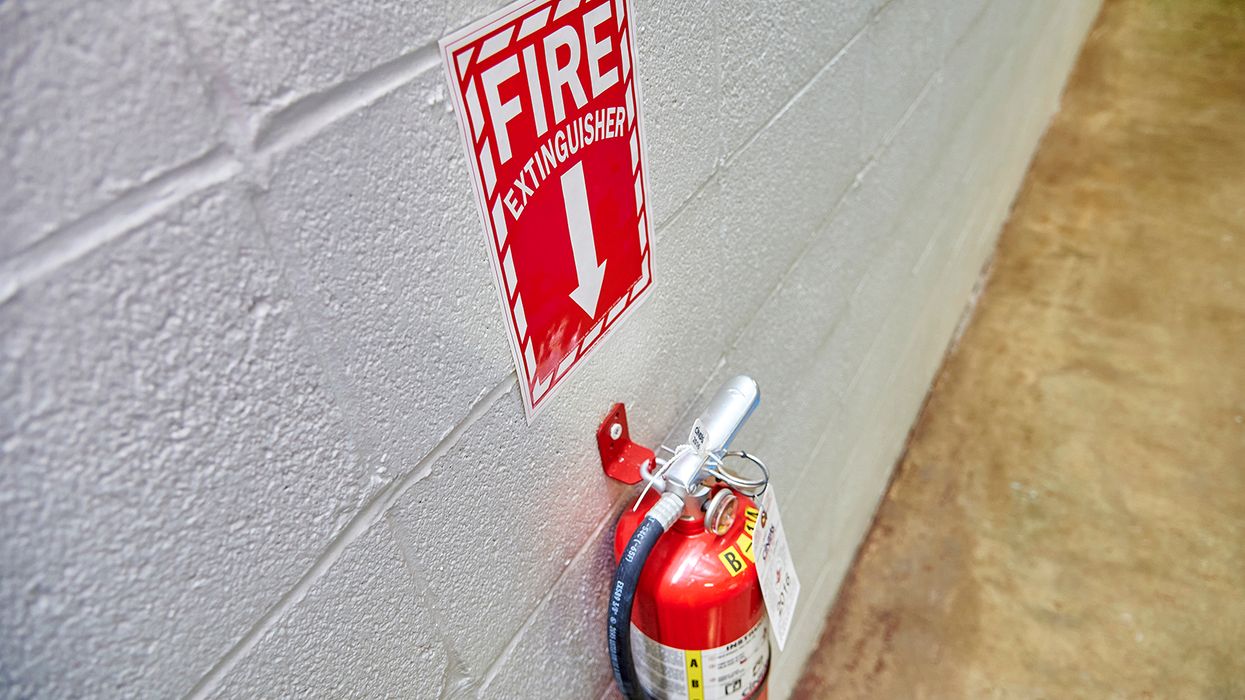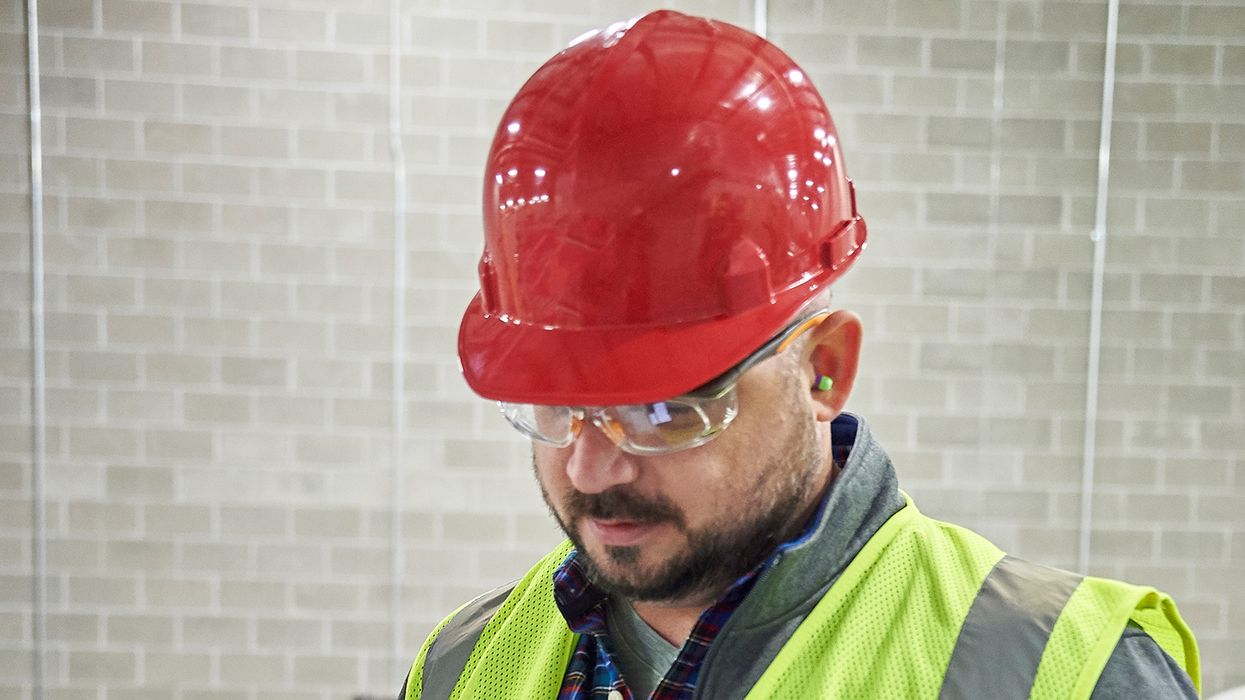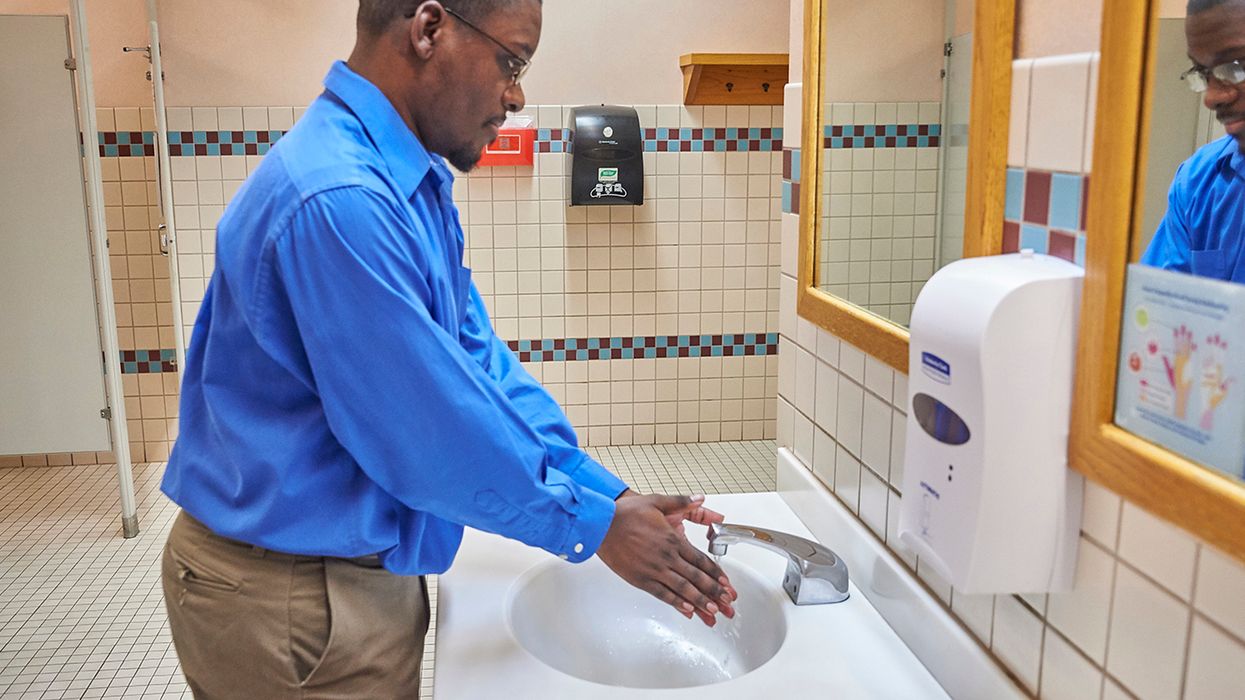Protecting adolescent workers in today’s work environment
OSHA requires employers to provide the same protections for adolescent workers as they do adult workers. With an emaciated workforce after the pandemic, employers are trying to stay above water with fewer, sometimes younger workers. It’s easy to forget their age and inexperience in the hustle and bustle. However, getting caught in the economic whirlwind can have severe consequences for the adolescents and your bottom line.
In February 2023, the Department of Labor released investigation findings of 102 children, ages 14-17, being illegally employed in hazardous positions in the workplace. The adolescents were employed by a sanitation contract company in thirteen different meat processing facilities across eight states. Part of their responsibilities included cleaning extremely sharp saws with caustic chemicals, often during overnight shifts. As a result, the company was fined $1.5 million.
Fair Labor Standards Act (FLSA)
All U.S. workers are entitled to the protections of the Fair Labor Standards Act (FLSA), including adolescent workers. The FLSA establishes minimum wage, overtime pay, recordkeeping, and child labor standards affecting most full-time and part-time workers in the private sector and in federal, state, and local governments.
With slight variations based on age, adolescent worker protections include:
- Appropriate compensation,
- Limitations in the types of jobs youth can work,
- Limitations in the number of hours youth can work, and
- Limitations for the hours of the day youth can work.
Adolescent worker protections may vary by state and may be different for youth working in the agricultural industry. Once youth workers reach the age of eighteen, they’re no longer subject to child labor laws.
What other child labor laws affect workers?
In addition to OSHA and FLSA requirements, adolescent workers are protected by:
- Equal Employment Opportunity Commission —protects workers from discrimination based on age, gender, race, color, or religion.
- International Labor Affairs Bureau — enforces global labor regulations to protect workers from international child labor abuses, forced labor, and human trafficking.
- Migrant and Seasonal Agricultural Worker Protection Act — establishes employment standards for migrant and seasonal workers related to wages, housing, transportation, disclosures, and recordkeeping.
- State laws — regulate youth employment to ensure workers are protected at a level equal to or greater than federal requirements.
What can employers and supervisors do?
Employers can ensure adolescent worker safety by:
- Reviewing, understanding, and complying with federal and state youth employee laws and OSHA regulations.
- Collaborating with supervisors to ensure open lines of communication are maintained with younger workers regarding health and safety in the workplace.
- Ensuring adolescent workers are properly trained and effectively supervised.
- Encouraging adolescent workers to immediately report any hazards, incidents, or near misses.
- Spending time with younger workers to demonstrate tasks and PPE use, provide clear instructions, answer their questions, and observe their work.
- Preparing adolescent workers for emergency situations.
- Embodying them in the company Health and Safety Program, including employee recognition and committee participation.
Keys to remember
All workers, including adolescents, are entitled to the protections provided through OSHA standards and FLSA requirements. Adolescent worker protections may vary slightly by state or industry. Check your state laws to ensure you understand the requirements if you plan to hire adolescent workers.






